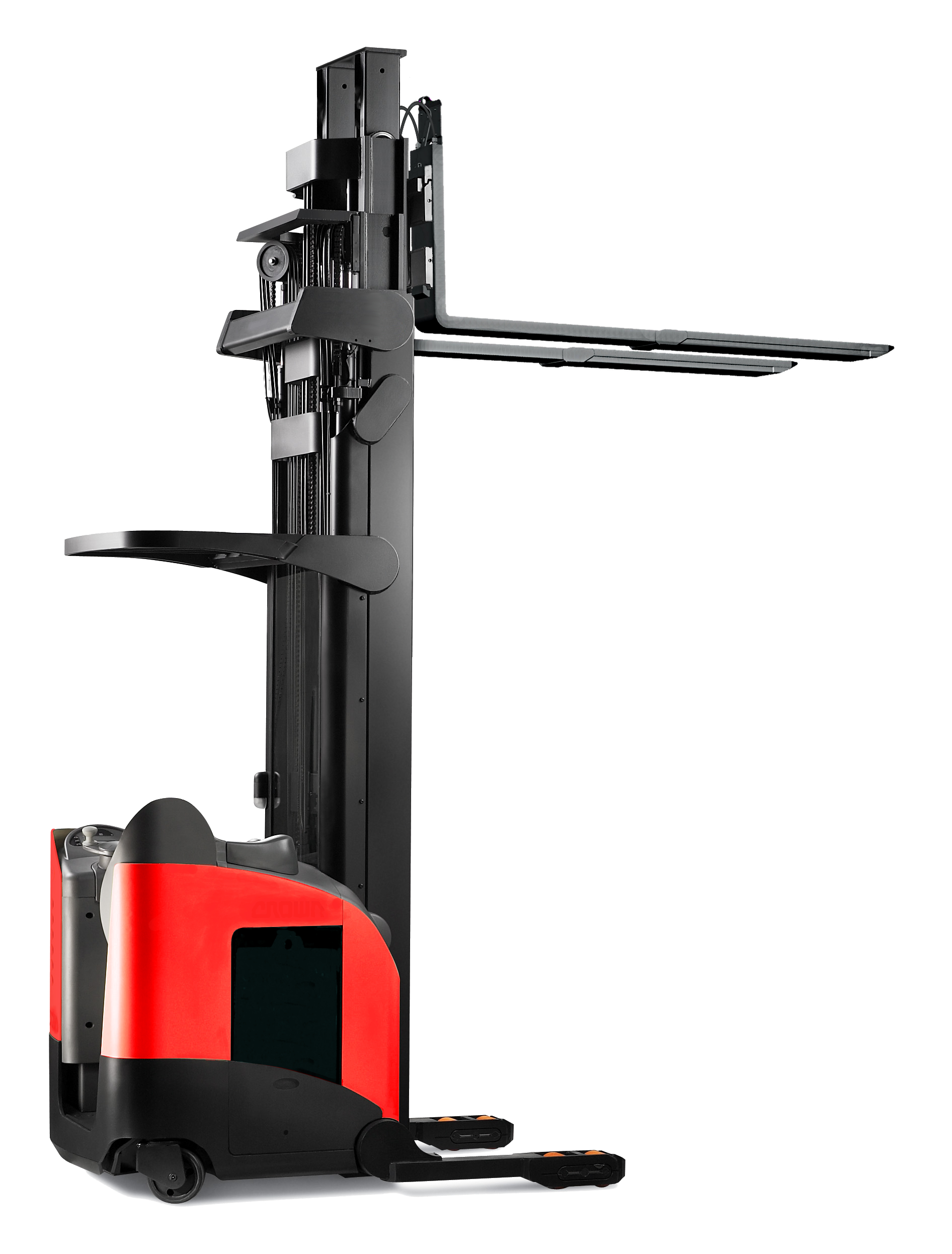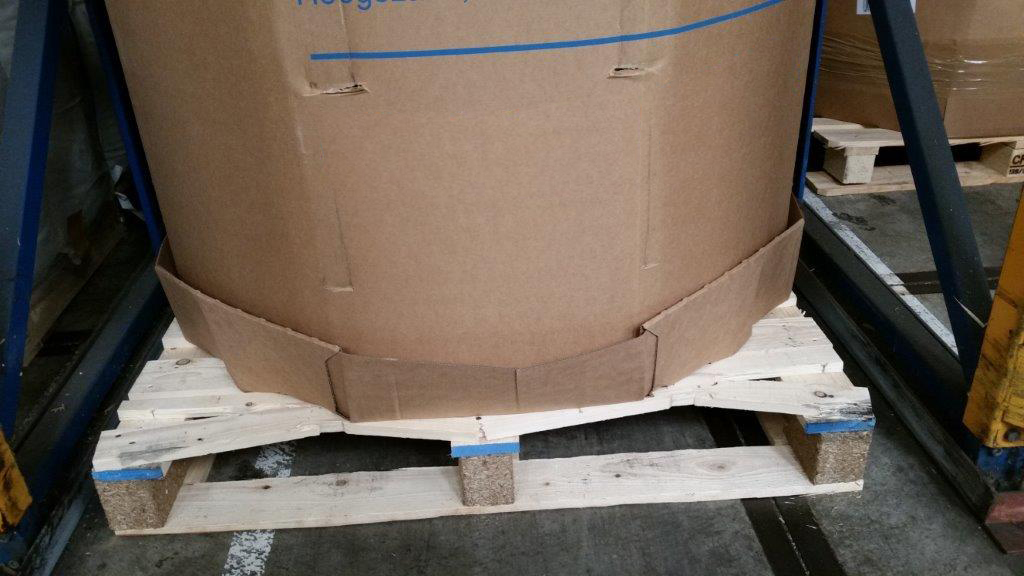Telescopic Forks vs. Pantograph Reach Truck

In Europe, telescopic forks are recommended for a wide range of applications by well-known brand names such as Linde, Jungheinrich, Toyota, etc. Telescopic forks are easy to operate and can be deployed across a whole range of applications. They allow for double-depth pallet storage, which means more storage space can be created in new and existing warehouses. They also allow for faster and safer loading and unloading of trains and trucks, and hydraulic extension forks are a preferred means for handling goods and pallets in order to minimize damage.
It is uncertain why telescopic forks are more popular in Europe than in America, where pantograph forks are more often used, but it is probably historical insofar as telescopic forks are a European invention, or to be more precise, an Meijer Handling Solutions invention.
A common misconception is that telescopic forks extend and retract more slowly than pantograph forks. This is completely unfounded. Meijer Handling Solutions introduced its narrow single-cylinder telescopic forks many years ago.
These telescopic forks have the same cycle speeds as pantographs.
Other disadvantages of telescopic forks are said to be their thickness or that they deflect. It is certainly true that telescopic forks are generally thicker than regular forks with the same lifting capacity due to their internal cylinder construction. However, this rarely presents a problem.
Most pallets have an insertion opening of at least 100 mm (37/8 inch), whereas telescopic forks start at 47 mm (17/8 inch) in thickness. Deflection is readily compensated for using the mast incline feature.
Pallets are available in various dimensions such as a so-called block pallet 1000 x 1200 mm (39.37 inch x 47.24 inches), or a so-called GMA pallet 1219 x 1016 mm (48.00 inch x 40.00 inch), etc.
Standard forks are therefore always either too long or too short. However experienced the forklift truck driver may be, too long forks often leads to handling damage. When placing these pallets and or goods behind are invariably damaged. When removing this same pallet, pallets to the rear may be accidentally lifted causing them to topple. Damage caused by over length forks is often viewed as a low priority within the logistics sector, but is estimated to equate to 1% of a warehouse’s storage capacity.
Pantographs do not provide an adequate reach solution in this situation. Manually adjustable forks are a cheap alternative for occasional usage, but the forklift truck driver has to alight to lengthen the forks manually or to mount conversion sleeves for each non-standard pallet. This last option is often problematic because the sleeves are often missing.
Telescopic forks provide the ideal solution and are often recommended by safety inspectors. Extendable and retractable forks can be easily adjusted to any pallet dimension.
If forks need to be adjusted closer or wider to one another, e.g. for long items, then fork positioners are an indispensible add on.
A combination of fork positioner with telescopic forks is the ultimate solution and has a favourable effect on the forklift truck’s residual lifting capacity. Furthermore, pantographs require that fork positioners be mounted at the front of the pantograph, which adds additional weight at the front.
In Europe, over 5,000 telescopic forks are mounted on forklift trucks every year. These numbers certainly testify to this no longer being just an incidental option. Meijer Handling Solutions telescopic forks comply with the most stringent ISO standards such as ISO 13284 and ISO 2330, which also apply to standard forks.
Telescopic forks have a number of distinct advantages over a pantograph:
- Reduced weight (approx. 35%);
- More affordable;
- Improved residual lifting capacity;
- Virtually no extra lost load thickness compared to standard forks;
- Excellent visibility;
- Shorter mast height due to absence of moving auxiliary pantograph mast;
- No hinged parts meaning reduced maintenance;
- Easy to install;
- Easily swapped;
- Double-pallet transport without need for extra long forks;
- Easy to install onto other equipment such as fork positioners or side-shifts;
- Improved residual lifting capacity due to fork positioner mounting on mast, hence reduced risk of tipping.










